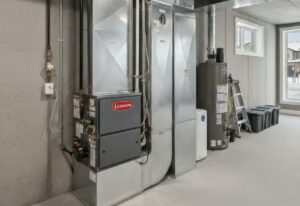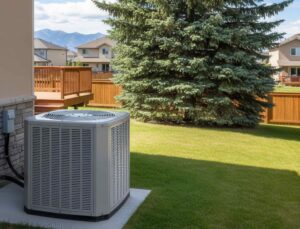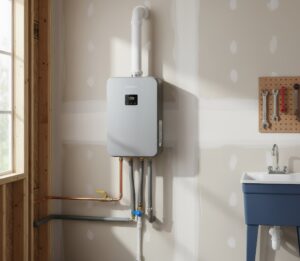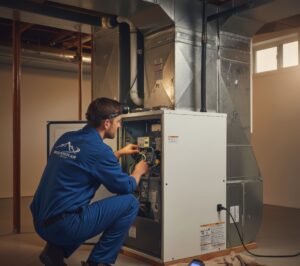We all know how brutal Calgary winters can be, with temperatures regularly falling to -20 to -30 degrees Celsius for a few weeks at least and-5 to -15° C considered normal.
Sometimes, however, the warming Chinook winds bring much milder weather for a period.
With such unpredictability in the climate, how do you know what temperature to set the thermostat in winter?
And does the same apply all year round or should you set a different temperature in summer? What about when sleeping or away from home?
Nobody wants to bake or shiver at home so understanding how your thermostat works and how to get the settings right all year round can prevent unnecessary discomfort, conserve heat energy, and save money on bills.
Let’s find out the ideal temperature settings in winter in your home…
WHAT’S THE BEST TEMPERATURE TO SET THE THERMOSTAT IN WINTER?

The best temperature setting for a thermostat in winter in Calgary when people are at home is generally between 20° C and 22° C. If everyone is away or asleep at night, 17° C to 19° C is a good setting that will maintain comfort while also conserving energy from the furnace or heat pump.
Activity/comfort levels, financial concerns, and energy usage habits differ from one household to another so the temperature settings in homes will also vary. One strategy is to set the temperature at 22°C at the onset of winter but gradually reduce the temperature over the weeks to manage costs.
The right solution for your home is usually a “balancing act” between comfort and energy usage—but you must ensure that the heating/cooling system is not overworked.

MAKE THE RIGHT HEATING & COOLING DECISIONS…
For over two decades, Alberta Mountain Air has helped Calgarians solve heating and cooling problems and maintain ideal comfort levels. Get in touch online or call 403-236-4366 for a quote.
WHAT’S THE BEST TEMPERATURE FOR A THERMOSTAT IN SUMMER?
Temperatures can soar to the high-30s in the summer in Calgary, meaning that most homes require some form of cooling as well as heating. Homes with sun-facing windows usually require more cooling than others.
When the cooling cycle of the heat pump kicks in—or the air conditioning starts—what temperature is best for the thermostat setting?
A temperature of around 21°C is usually about right when you’re at home and awake/active. If the temperatures start to soar, it may be tempting to reduce the temperature on the thermostat but this won’t cool your home any quicker. In fact, it may put unnecessary strain on your cooling system. Any adjustments to thermostat temperatures should generally be gradual.
When you’re asleep, you may want it slightly cooler in summer—say 17° C to 19° C.

IS THERE AN IDEAL THERMOSTAT SETTING ALL YEAR IN CALGARY?
The thermostat setting that you choose should be the most comfortable for your family—and because families have different preferences, activity levels, tolerances of heat/cold, and so on, there is no “universal” or ideal thermostat setting.
“Warm enough” to one person can be “too cool” or “too warm” to another so compromises are required in many cases—or a more sophisticated zoning system that can set different temperatures for different parts of the house.
Home insulation, clothing, bedding, and other factors can be adjusted as well as the heating to keep everybody happy in winter—and the bills down.
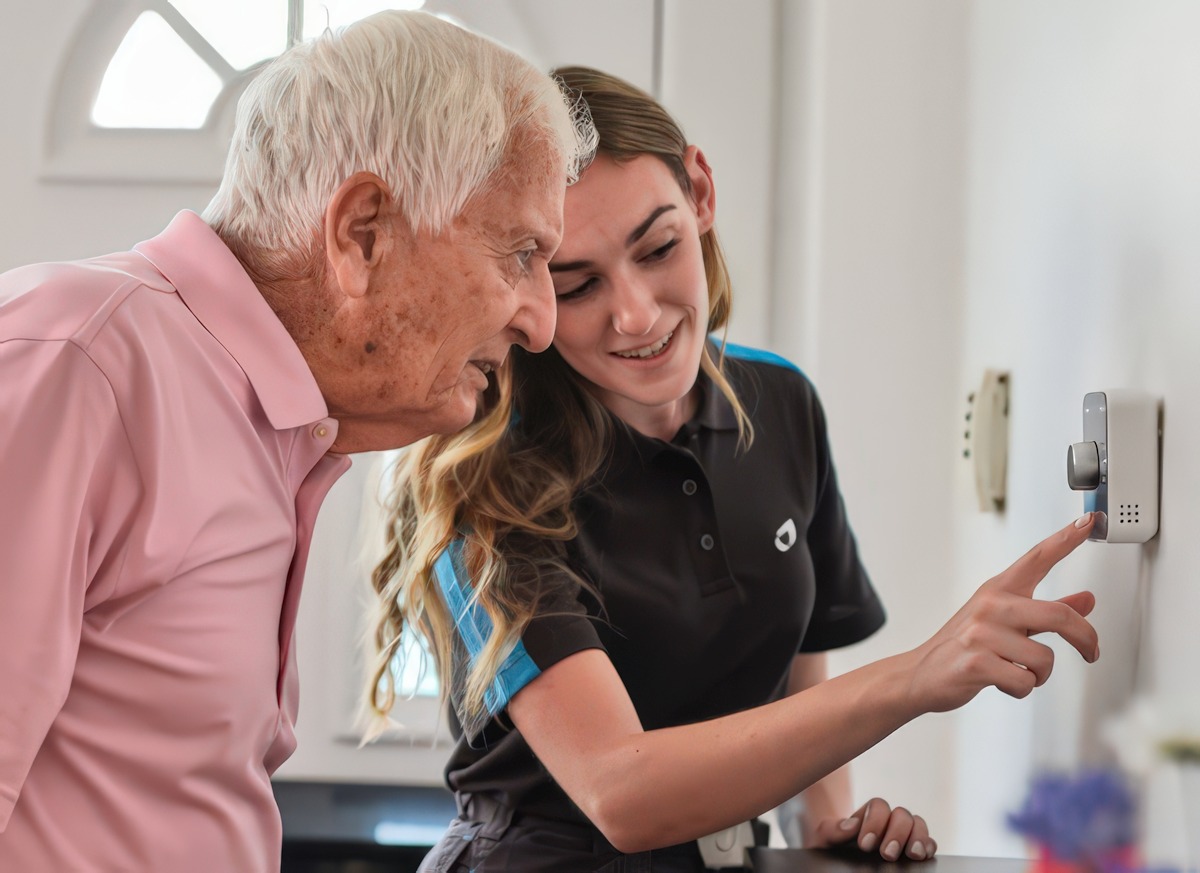
Remember that unless you book regular HVAC maintenance, the temperature setting on the thermostat may not be reached. Part of AC, furnace or heat pump maintenance should be a check of the thermostat.
The cost of a gas furnace or heat pump in Calgary is high enough without having to contend with higher energy bills or costly repairs too…
The “trade-off” between comfort and costs
Finding the right comfort level is often a “trade-off” between saving energy and keeping bills down. No homeowner wants unpayable bills from heating the home in winter so it’s important to find a comfortable level that doesn’t rack up the energy usage too much.
Installing one of the latest high-efficiency furnaces or heat pumps can help to keep bills down, while also improving heating reliability and performance.
Ultimately, rather than simply focusing on thermostat temperature settings, homeowners should try to achieve an energy-efficient winter heating strategy to keep the home warm without high energy bills. This is where dedicated HVAC professionals can be of great help.

WHAT FACTORS IMPACT YOUR HOME’S HEATING & COOLING NEEDS?
Your home’s heating and cooling requirements should be professionally assessed before installing a furnace, air conditioner or heat pump. The following factors are all important:
- Number of occupants: the more occupants, the warmer the temperature will be and the less heating/more cooling is needed.
- Spaces most frequently used: with smart zoning of ductwork, your home’s heating and cooling needs can be “partitioned” so that you only heat and cool the spaces that need it.
- Time of day: different heating and cooling requirements usually apply when you’re sleeping to when you’re awake.
- Tolerance levels: some people naturally have a higher tolerance of heat and cold than others.
- Household habits: is the house used as a home office or does everyone leave the house during the day? Also, bear in mind that if you’re working out or cooking, you can probably tolerate lower temperatures than if you’re watching Netflix.

HOW CAN I REDUCE MY ENERGY BILLS IN ALBERTA?
Ultimately, the smaller the difference between the indoor and outdoor temperatures, the lower your heating bill will be.
According to the U.S. Department of Energy:
“You can save as much as 10% a year on heating and cooling by simply turning your thermostat back 7°-10°F for 8 hours a day from its normal setting.”
7°to 10°F translates to around 4°C to 6°C—and the eight hours can be while you’re sleeping so you may barely notice the difference.
Lowering the thermostat temperature in winter and raising it in summer during the day will save energy but will your family be comfortable? Again, the “trade-off” comes into play.

You may be able to save money on your energy bills in the following ways—but not every suggestion will be acceptable to you and your family:
- Set your thermostat a little cooler than the desired temperature (see below)
- Bundle up with more layers and/or thicker clothing
- Use thicker bedding or an electric blanket
- Improve insulation in the home with weather-stripping, sealing, etc.
- Lower the thermostat settings when sleeping or away from home
- Invest in a programmable or smart thermostat for automatic temperature adjustments
- Shop for better gas or electricity rates
- Set up a smart zoning system for your HVAC system
- Make sure that heating vents are unobstructed and air filters are changed regularly (or cleaned)
- Book regular inspections, tune-ups, and furnace cleaning
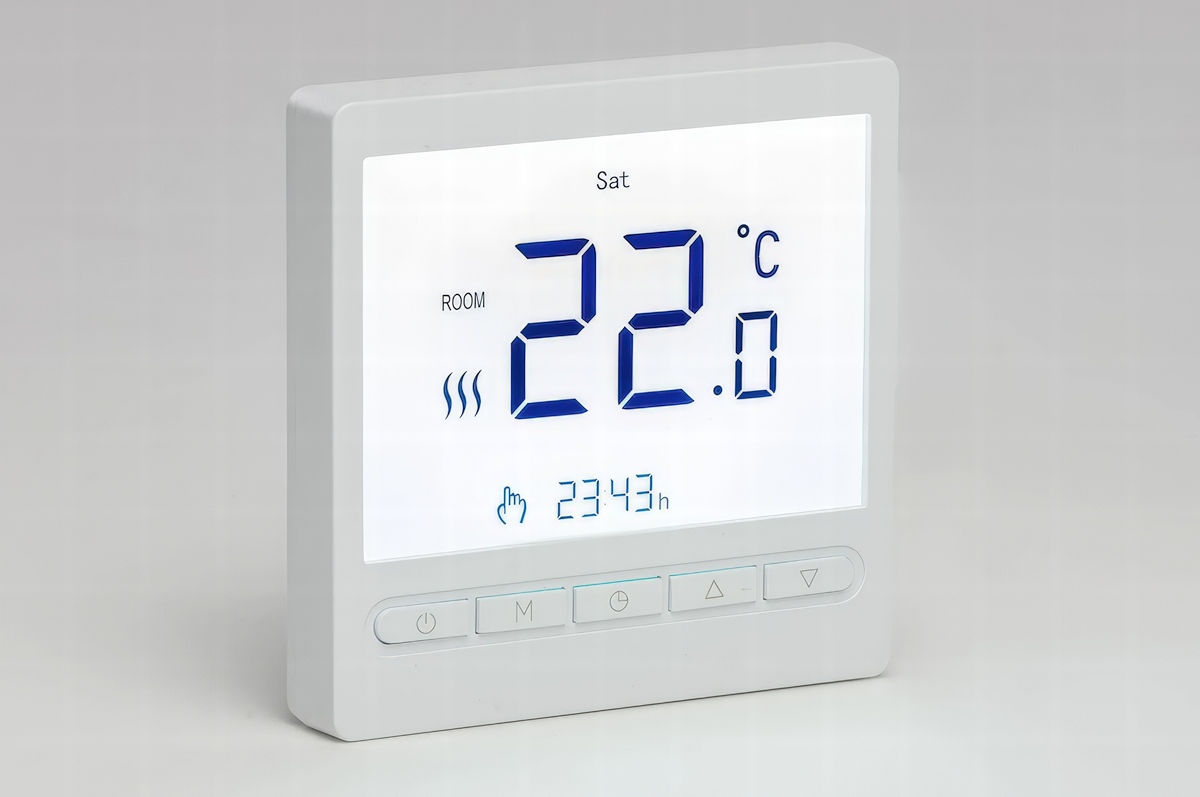
Reducing the temperature in winter
One strategy for Calgary families is to set the temperature at the beginning of the winter to the desired temperature and, once they acclimatize better to the lower temperatures, reduce the thermostat setting in the home by 0.5 or one degree each week for a few weeks.
For many families, the change is almost imperceptible but the savings can be significant over the winter months.
Beyond the thermostat, temperature settings, insulation, clothing, and bedding, upgrading to higher-efficiency HVAC equipment (and maintaining it regularly) will also reduce energy costs—but obviously, this involves some significant upfront costs.
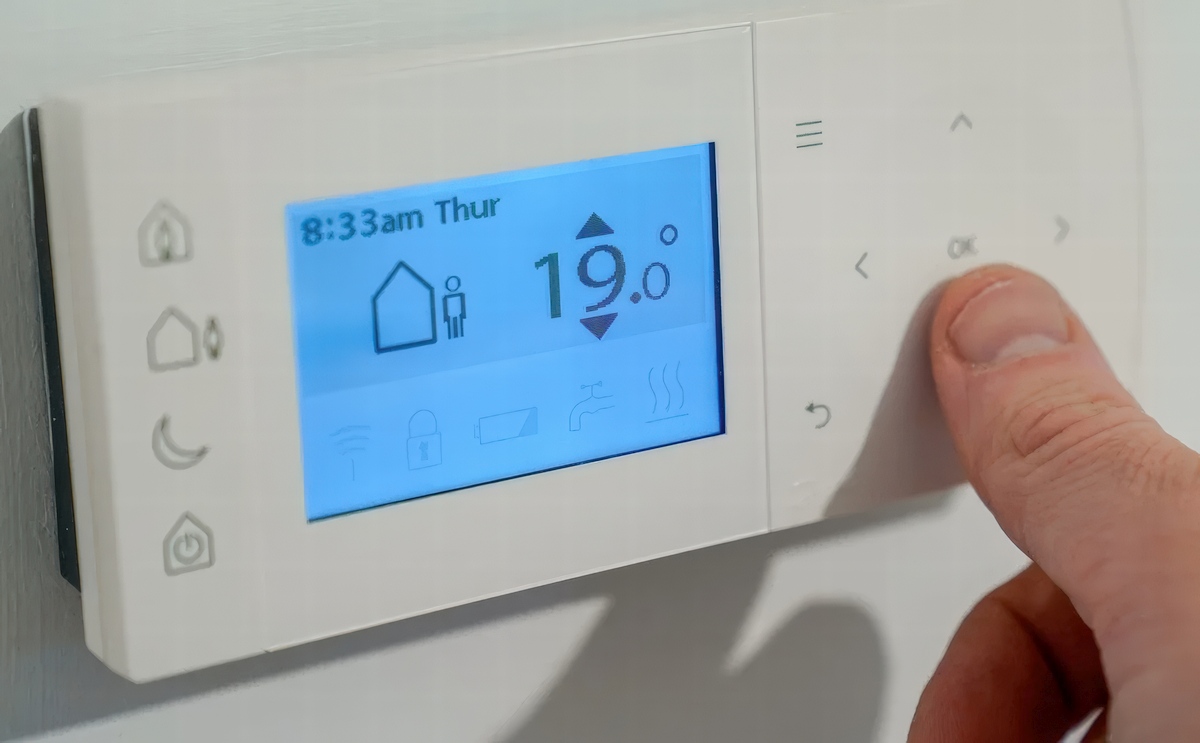
WHAT’S THE BEST THERMOSTAT TEMPERATURE FOR PETS & BABIES?
Many homeowners understandably fret over the comfort of their children and pets. After all, a pooch or a baby cannot tell you to raise or lower the temperature setting on your thermostat in winter, can they?
Well, your pet is likely fine. A comfortable temperature for humans (20-22°C) is usually similar for pets. Dogs cool themselves down by panting and releasing heat through their paws and noses.
Babies, however, may need a little more consideration in winter and summer as they are more susceptible to heat and cold than older children and adults. The recommended temperature range in the home is between 18°C and 23°C—and the ideal range is, again, 20-22°C.

WHAT’S THE BEST TYPE OF THERMOSTAT FOR MY HOME?
The type of thermostat you choose can affect how versatile your heating and cooling systems are.
Traditional thermostats offer limited options and require manual settings, which is not very convenient. People forget to change settings, which can lead to energy inefficiency and reduced comfort.
A modern, smart or programmable thermostat allows you to control your heating and cooling in advance and remotely. As well as adding to comfort levels, this can also save more energy and reduce monthly bills.
With a programmable thermostat, it’s easy to adjust the heating in advance, according to when you’ll be at home and active and when you’ll be sleeping or out. This can help personalize your heating settings to keep everyone happy.
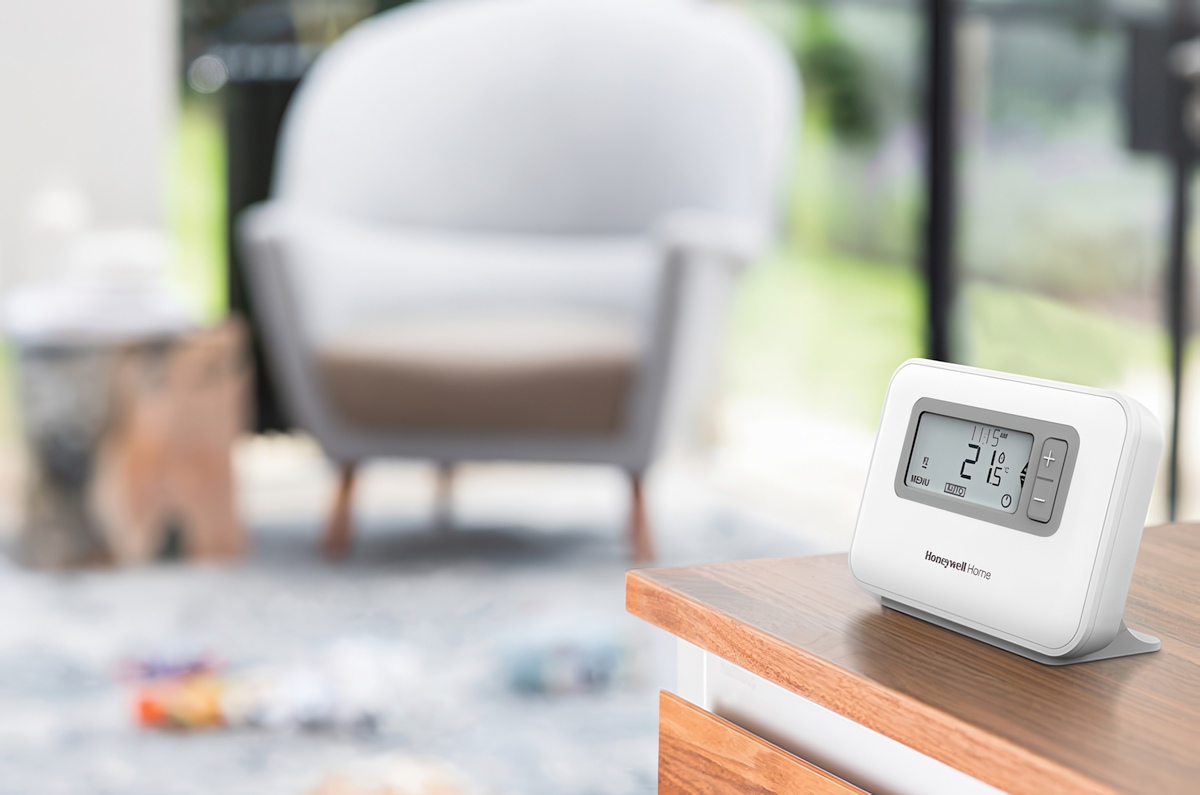
Are smart thermostats worth it?
Smart thermostats allow you to control the thermostat remotely from an app on your smartphone. They can even make automatic temperature adjustments based on your habits and preferences when at home. Read more about whether smart thermostats are worth it here.
Smart thermostats and heat pumps
If your home uses a heat pump in a dual-fuel setup for heating and you’re shopping for programmable thermostats, make sure that the thermostat can control the auxiliary heat function.
Traditionally, programmable thermostats were not recommended for heat pumps because they impacted the efficiency of the heating function—but as heat pumps become more popular in Canada, manufacturers are increasingly making compatible smart thermostats.
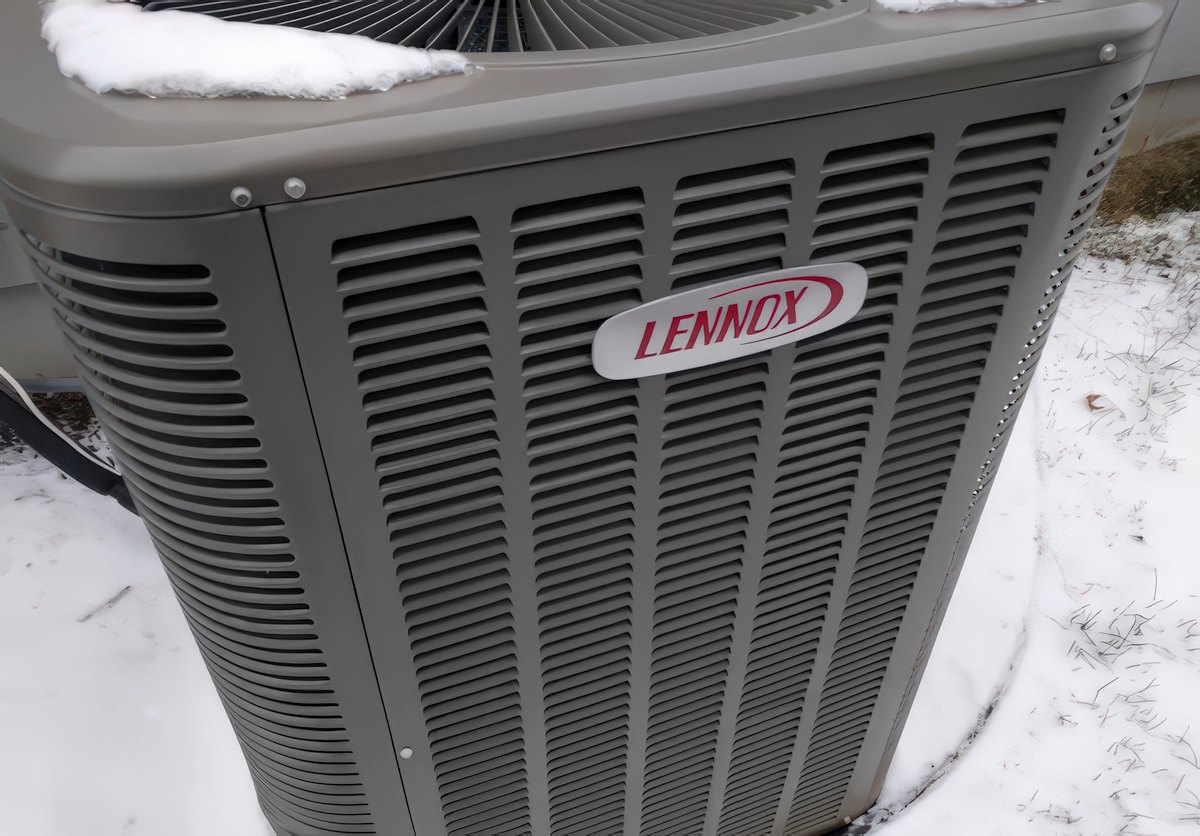
Where should the thermostat be located?
It’s best to place your thermostat:
- On an interior wall
- As close as possible to the center of your home
- Away from heat sources like in the kitchen
- Away from excessive light/sun exposure
- Away from your front door
- Away from air vents
This will avoid false or “ghost” temperature readings.
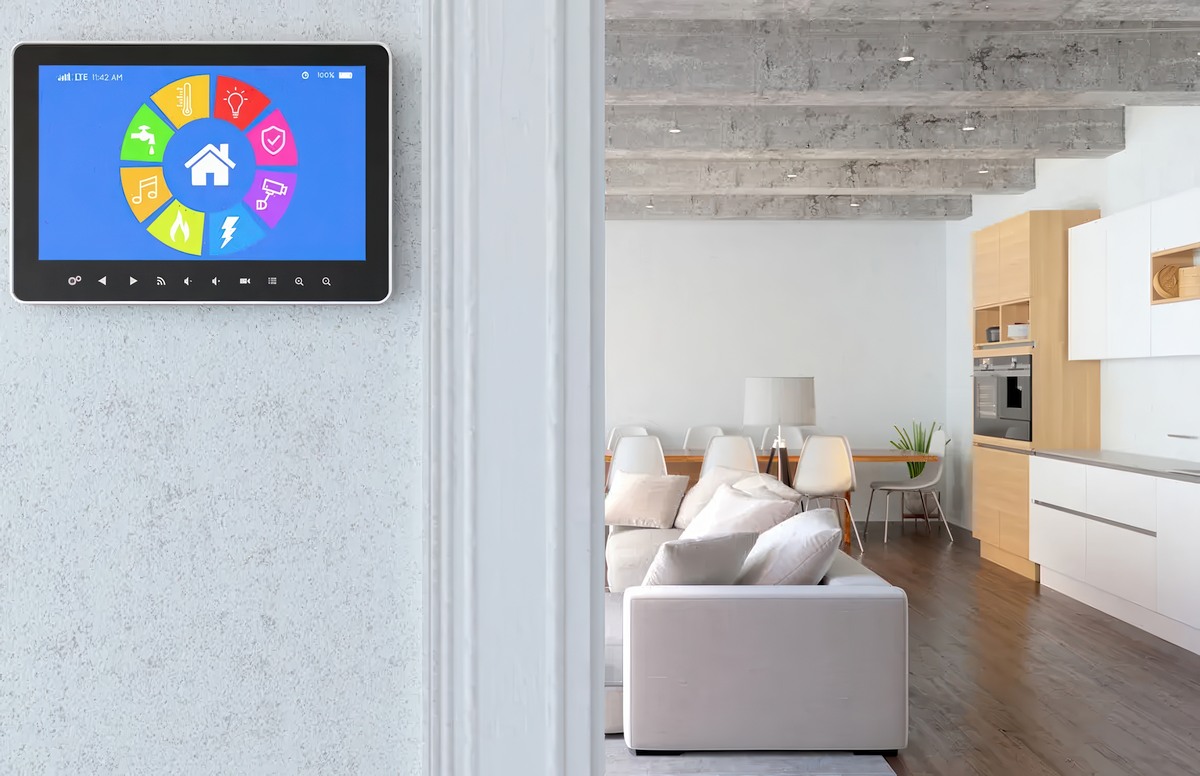
FAQs
You won’t heat your home quicker by meddling too often with the thermostat settings. Instead, it’s best to ensure that the right, high-efficiency heating system is installed and regularly maintained by professionals. Book at least an annual heat pump and/or furnace tune-up and if in doubt about the ideal thermostat settings, ask your HVAC professional at Alberta Mountain Air.
If your furnace is very old, you may need a replacement furnace or you can install a heat pump as your primary heating source. You should also ensure that your home is well-insulated to prevent heat loss and cold air from entering the home during the heating process.
When you sleep, your body temperature drops. However, it’s best not to heat the room too much as this will increase bills. It’s better to keep the sleeping temperature of the room at 17° C to 19° C and snuggle up under thicker bedding.
Setting your thermostat to a specific temperature and never changing it may seem like guaranteed comfort—until you receive the energy bills. However, regularly raising or lowering the thermostat setting in winter shouldn’t be necessary if your furnace and heating system are functioning optimally.
You can save energy with some smart adjustments like using a programmable thermostat, weather-stripping the home for better insulation, bundling up warm when home for the day, and using appropriate bedding at night.
If you find yourself adjusting the thermostat settings frequently in winter, it’s probably time for a professional furnace tune-up.
This is not recommended in Calgary! It may seem tempting to use less energy and save some money on bills for a day or two in winter but what happens if you forget to turn it on again and the temperatures plunge as they often do here?
Icy cold indoor temperatures may freeze the pipes, kill houseplants, and even lead to expensive furnace repairs. Use a thermostat to control the temperature and turn it down in milder weather rather than switching off the furnace in winter.
Most high-quality thermostats should last up to 10 years. Problems usually have simple fixes—such as checking that someone hasn’t changed the settings accidentally or replacing batteries. If there is a more serious problem, call an HVAC professional to check the system and repair or replace the thermostat if necessary.
Thermostats vary in price depending on type, functionality, and brand: from $150 up to $1,000 for the best smart thermostats fully installed.
Yes, it makes sense to adjust your thermostat (down in winter—but above freezing—and up in summer) if you’re away from home for a period. This will reduce energy usage and bills.
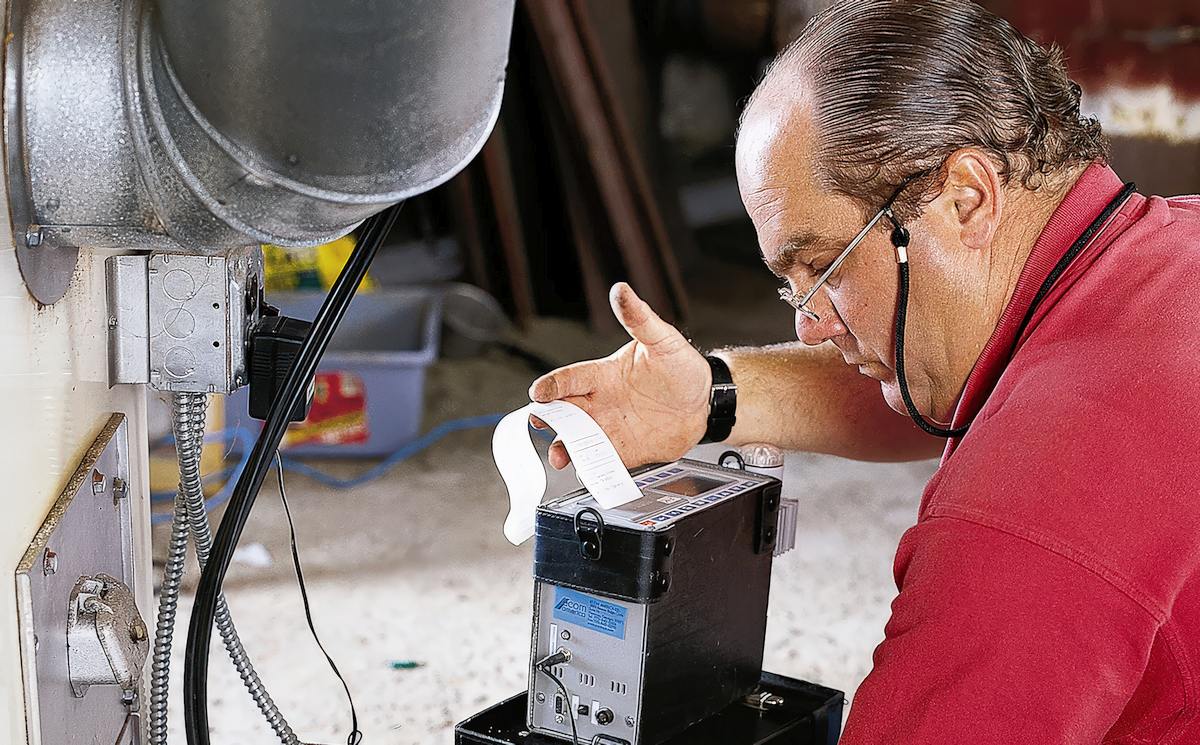
FIND THE “SWEET SPOT” TEMPERATURE FOR YOUR HOME
How do you achieve an energy-efficient winter heating strategy that will keep your home warm and your winter thermostat settings reasonable without raising bills too high?
Temperature settings of between 20-22° C should keep most families comfortable and energy-efficient if you have the right size and type of equipment professionally installed and regularly maintained.
Our HVAC professionals are SAIT-certified and make homes comfortable without high energy bills. If you’re in Calgary and considering your heating options this winter, call us at 403-236-4366 or contact us online.
